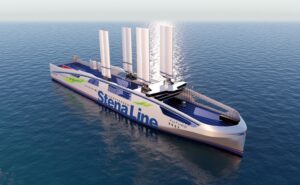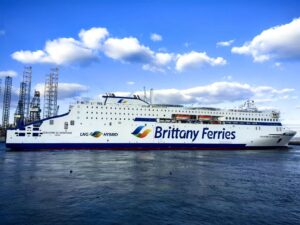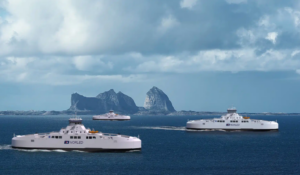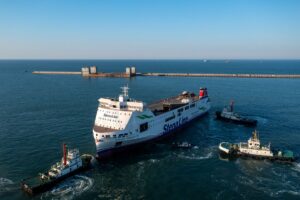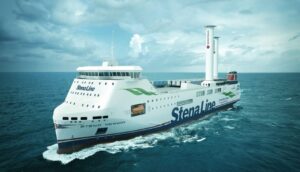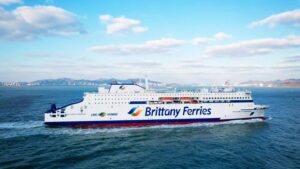Wärtsilä to power Stena’s new hybrid RoPaxes
Finnish technology group Wärtsilä will supply its hybrid propulsion system for three new roll-on/roll-off passenger (RoPax) vessels being built for Swedish ferry company Stena RoRo.
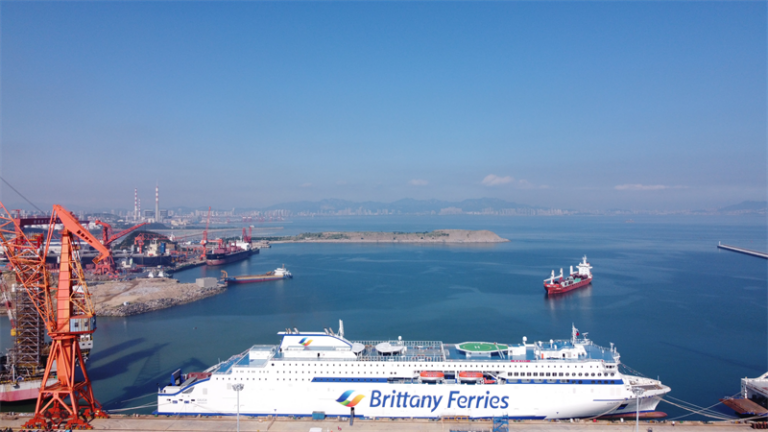
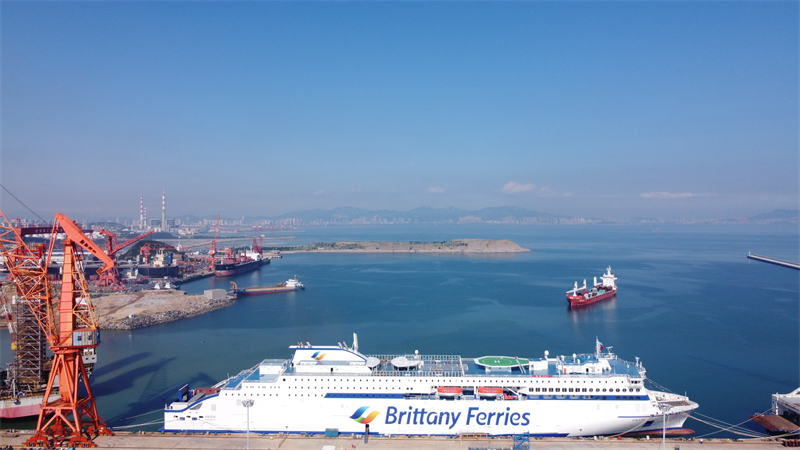
Two of the ferries will have a battery capacity of 11.5 MWh, making them the marine industry’s largest hybrid vessels to date. This battery power is approximately double that typically being used currently for hybrid propulsion.
The ships have been designed and developed by Stena RoRo and Brittany Ferries and they will be long-term chartered to Brittany Ferries for operation between Portsmouth in the UK and French ports of St Malo and Caen.
The vessels are being built at the China Merchants Jinling (Weihai) Shipyard. Delivery of the ferries is expected to take place in 2024 and 2025.
Wärtsilä had already earlier been contracted to supply a broad range of solutions for the vessels. The ships will be capable of operating with either LNG fuel or batteries.
Additionally, the vessels will be equipped with the latest generation Leclanché energy storage system – the Navius MRS-3.
“Stena wants to be a frontrunner in decarbonising our fleet and, together with our partners, pushing developments towards zero emission operations,” Per Westling, Managing Director, Stena RoRo, commented.
“Hybridisation allows our vessels to be highly flexible as we adapt to future technology developments, including green fuels, fuel cells, bigger batteries, and solar or wind supported propulsion.”
“Hybrid technology continues to move our fleet renewal programme forward and will follow the introduction of two LNG-powered ships. From day one of operation, ports like St Malo in France and Portsmouth in the UK will benefit from these cleaner hybrid vessels. Shore-side power capability means further benefits will be realised, as investment by ports in plug-in infrastructure allows,” Christophe Mathieu, Brittany Ferries CEO, said.
“The extensive battery size will allow the vessels to operate with full power, using both propellers and all thrusters to manoeuvre emissions-free in and out of ports, even in bad weather. The built-in shore power solution will charge the batteries while berthed,” Håkan Agnevall, President & CEO, Wärtsilä, noted.
Important elements of hybrid vessels include the ability to integrate multiple vessel systems and real-time optimisation of the on-board energy system.
Combining the benefits of the hybrid propulsion system and shore power leads up to 15% GHG emissions saving to a conventional diesel-mechanical propulsion system.

